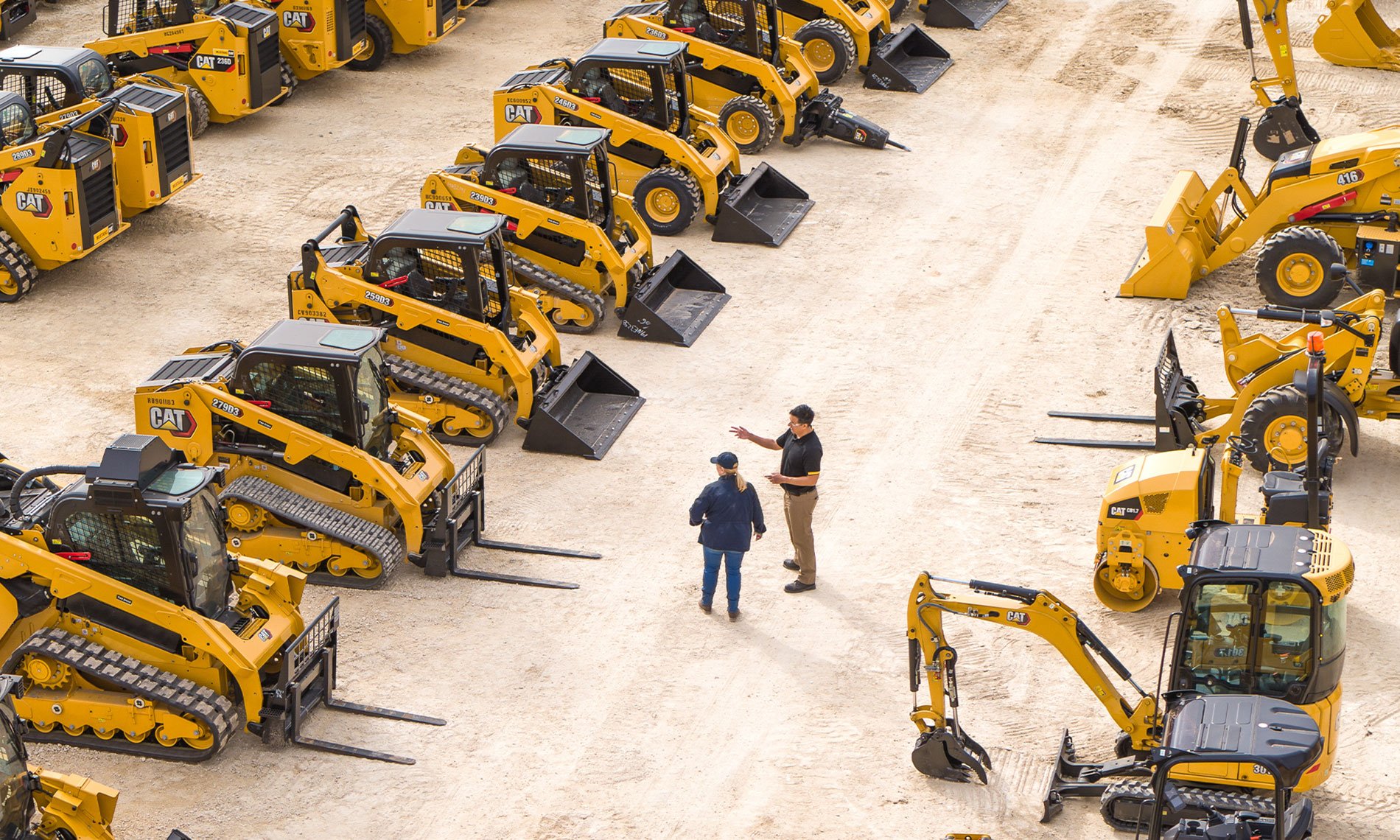Forklift Rental: Heavy Training Equipment for Warehousing and More
Maximize Your Spending Plan by Recognizing the Prices Connected With Building And Construction Equipment Leasings
Understanding the complete extent of costs connected with construction devices rentals is crucial for maximizing your budget. While the initial rental charge might appear simple, various added expenses-- such as transportation, gas additional charges, and maintenance-- can rapidly build up, affecting your monetary planning. Being aware of numerous fees and the intricacies of rental agreements can assist prevent unanticipated financial burdens. What approaches can be used to successfully take care of these expenses and ensure a more effective rental experience?
Review of Rental Expenses
When taking into consideration building equipment rentals, recognizing the linked costs is vital for efficient budgeting and project preparation. Rental expenses can vary substantially based on numerous factors, including tools kind, duration of leasing, and location. The preliminary rental charge often mirrors the equipment's market demand and its linked functional abilities, affecting the general cost.
In enhancement to the base rental price, secondary costs might occur, such as transportation charges, fuel surcharges, and maintenance costs. It is vital to make up these added expenditures to precisely evaluate the overall expense of renting equipment. The rental period can influence prices; longer services might certify for affordable prices, while temporary leasings may incur higher daily fees.

Failure of Rental Rates
A thorough understanding of rental prices is vital for specialists and project supervisors intending to optimize their budget plans. Rental rates for construction devices typically include several elements, consisting of base rates, time-based charges, and usage fees.
Base prices are the core fees connected with the rental of the tools, usually figured out by the kind and dimension of the equipment. These prices can vary considerably, influenced by elements such as devices demand, availability, and regional market trends. Time-based charges, which may be daily, weekly, or monthly, offer to accommodate various project timelines and rental periods.
Additionally, rental rates may consist of usage fees, which are relevant when tools is utilized past a defined limit, ensuring that the rental company can account for damage. Seasonal demand fluctuations can also impact rental rates, with peak building and construction periods commonly commanding higher rates.
Moreover, understanding the rental firm's policies pertaining to upkeep and insurance policy can give additional understanding right into the total price structure. By evaluating these components, specialists can make educated choices, making sure the selection of rental equipment straightens with both project demands and spending plan restrictions.
Extra Costs to Consider
Comprehending the intricacies of additional fees is important for specialists to manage their total service expenditures efficiently. Past the common rental prices, various supplementary charges can significantly influence the overall expense of equipment rental. These fees commonly consist of delivery and pickup fees, which can vary based on range and logistics associated with transporting the devices to and from the job website.
Furthermore, some rental companies might impose gas additional charges if the equipment is returned with much less gas than when rented. It is additionally vital to recognize prospective cleaning costs, particularly for customized devices that requires extensive upkeep after use.

Thoroughly examining the rental agreement and clarifying these extra charges upfront can assist professionals make sure and stay clear of unforeseen prices that budgets stay intact throughout the project lifecycle.
Maintenance and Repair Service Expenditures
Routine upkeep and repair work costs are usually neglected aspects that can dramatically affect the total expense of building devices leasings. When leasing Home Page tools, it is critical to consider not just the rental charges however additionally the potential official statement prices connected with keeping the machinery in optimum operating condition.
Numerous rental companies consist of basic maintenance as part of the rental arrangement; however, more unforeseen failures or considerable repair work can cause extra expenditures. It's important to evaluate the rental contract very carefully to understand what maintenance services are covered and what obligations fall on the tenant.
Furthermore, tools that is not well-maintained can bring about inadequacies on duty site, possibly raising and creating hold-ups job costs. To minimize these risks, it is advisable to carry out routine evaluations and preserve open interaction with the rental provider relating to any kind of problems that occur during use.
Insurance Coverage and Obligation Costs
Insurance policy and responsibility expenses are crucial parts that can significantly impact the overall expenditure of building tools leasings (boom lift rental). These prices ensure that both the rental business and the customer are protected from possible monetary losses developing from mishaps, damages, or burglary during the rental duration

Additionally, clients should understand any deductibles or exclusions in the insurance coverage, as these can impact possible out-of-pocket knuckle boom cranes for sale expenses. Recognizing the conditions of any insurance policy protection is crucial to avoid unexpected costs. Eventually, budgeting for insurance and responsibility expenditures can aid make certain a smoother rental experience and shield against monetary dangers connected with building tasks.
Conclusion
In conclusion, a detailed understanding of the costs associated with construction equipment services is important for reliable spending plan management. Eventually, notified decision-making regarding devices rentals adds to the overall success of building and construction undertakings.
Rental prices can differ significantly based on a number of aspects, including devices kind, duration of leasing, and location (forklift rental). The rental period can influence rates; longer leasings might qualify for discounted rates, while short-term services might sustain higher everyday fees
By conducting thorough study and involving with trustworthy rental companies, specialists can properly navigate the intricacies of rental prices, inevitably optimizing their financial resources.
Beyond the conventional rental rates, numerous supplementary fees can substantially affect the total expense of tools leasing. Rental firms typically supply responsibility insurance coverage that covers injuries to 3rd celebrations or damage to property, while tools damage insurance policy can cover the expense of fixings or substitute if the rented out equipment is harmed.